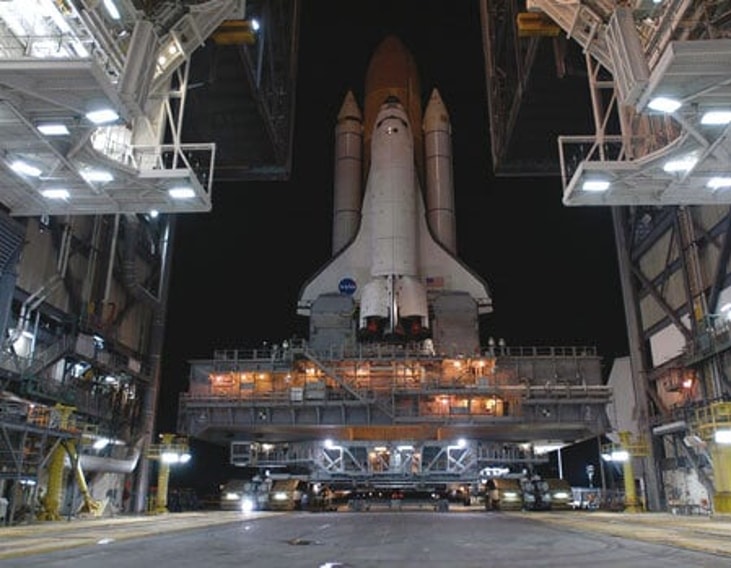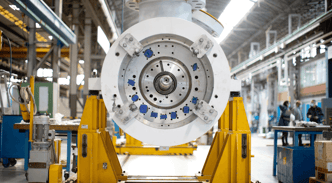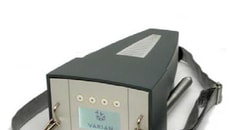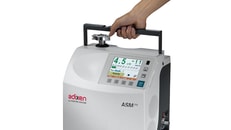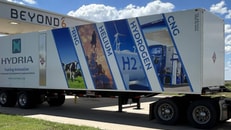NASA technology boosts industrial gases
How could rockets help hospital MRI machines and fuel-cell cars on the highways of the future?
Engineers at NASA Stennis Space Centre in Mississippi are testing an innovative technology that could yield new sources of both expensive helium gas (required for cooling MRI machines worldwide) and purified, high-pressure hydrogen gas (fuel-cell fuel).
NASA Stennis Space Centre, one of the top rocket test facilities in the world, produces a large quantity of hydrogen and helium gas mixture in its rocket tests — representing a substantial possible revenue stream that today is just burned or vented into the air. (NASA uses approximately 92-100 MMcf of helium yearly at Kennedy Space Centre and Stennis Space Centre, combined.)
Using Sustainable Innovations’ electrochemical Hydrogen Recovery System (HRS), NASA Stennis engineers will be able to extract hydrogen from rocket fuel line purge gas, leaving behind high-value helium, a purified stream compressed to commercial storage pressure. And with helium’s price only expected to rise as global supplies plateau, HRS’s helium extraction technology will become more and more valuable to NASA in the coming years.
... to continue reading you must be subscribed

